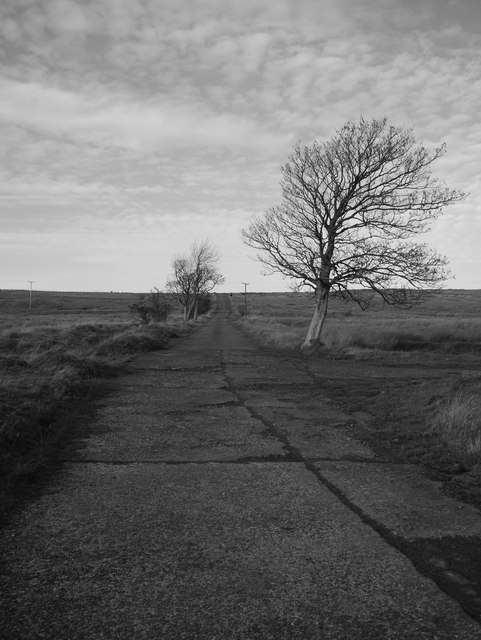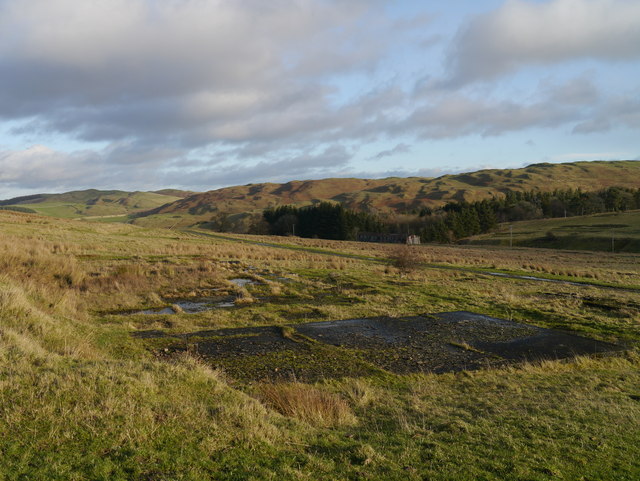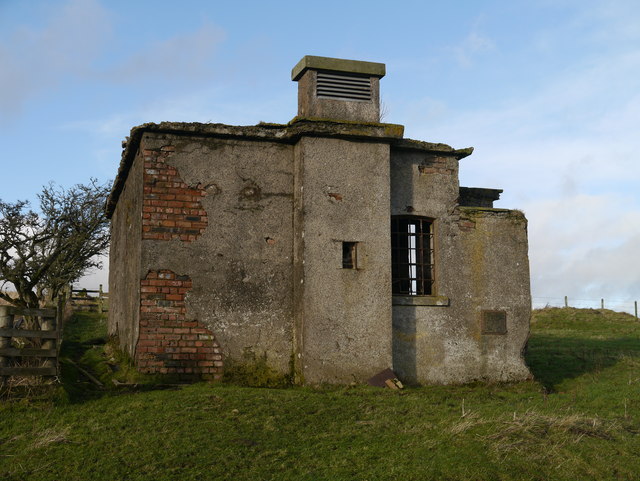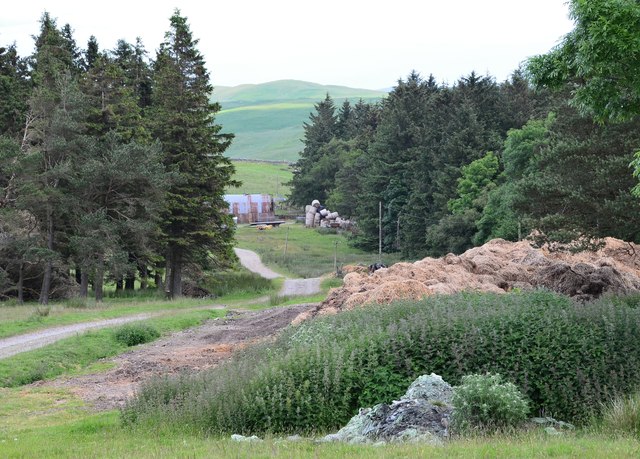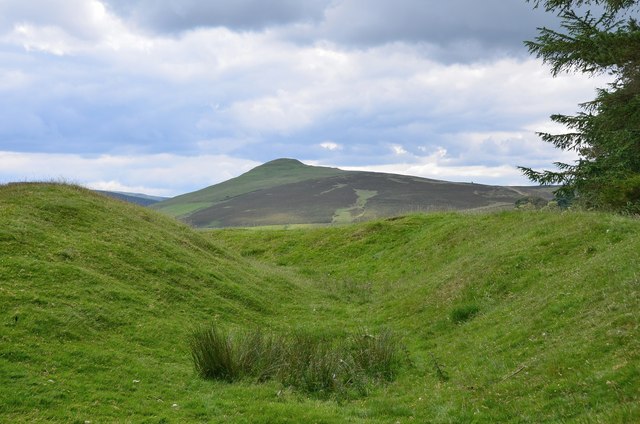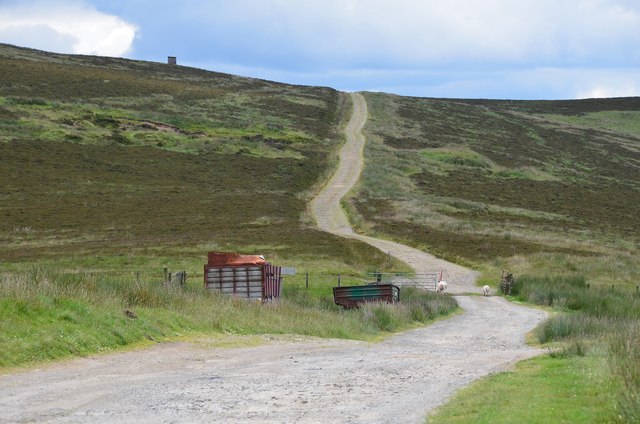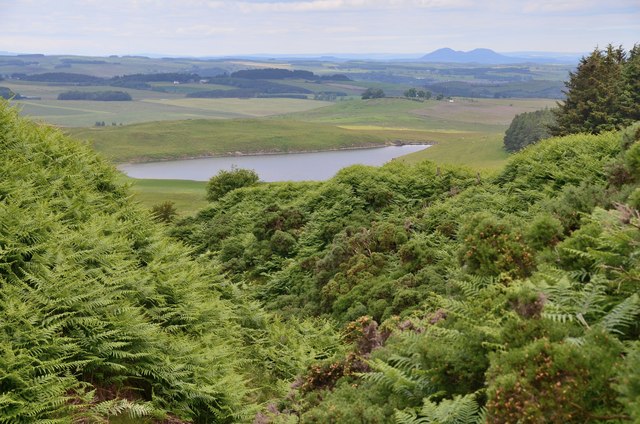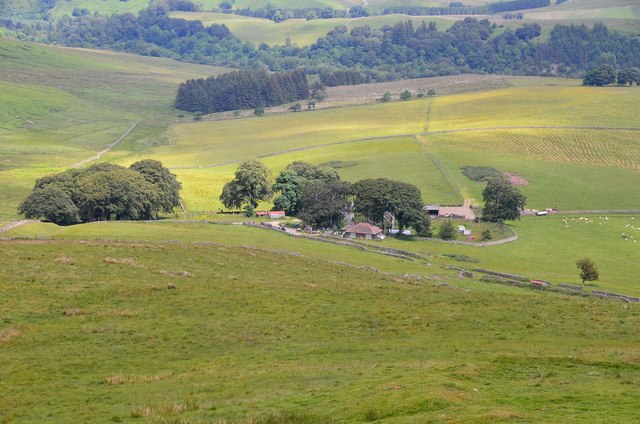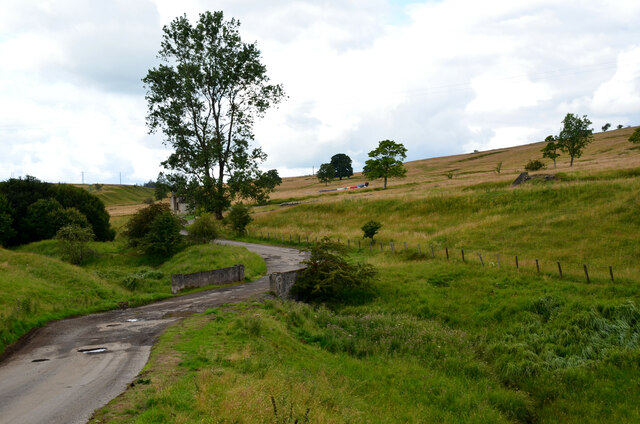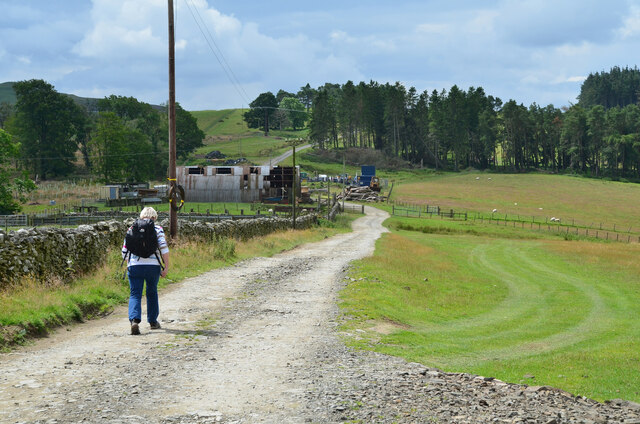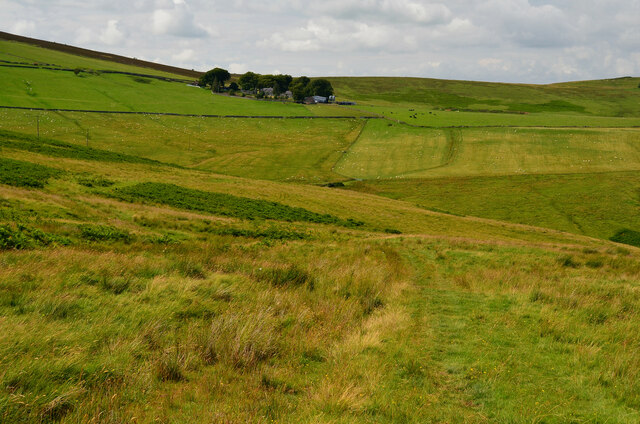Primrose Wood
Wood, Forest in Roxburghshire
Scotland
Primrose Wood
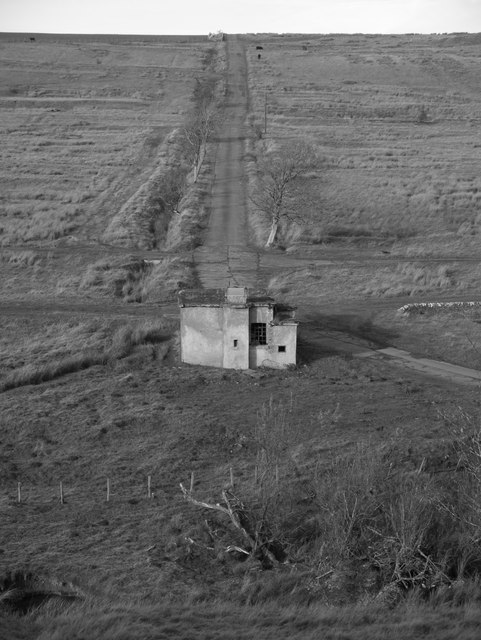
Primrose Wood, located in Roxburghshire, is a breathtaking forest spanning over a vast area. This woodland is a true haven for nature enthusiasts, offering a serene and tranquil escape from the hustle and bustle of everyday life.
The wood is characterized by its diverse range of tree species, including oak, beech, and birch, which create a rich and vibrant tapestry of colors throughout the year. The forest floor is adorned with a carpet of lush green moss and a myriad of wildflowers, including primroses, from which the wood takes its name.
Primrose Wood is home to a variety of wildlife, making it a popular spot for birdwatchers and nature photographers. Visitors may catch a glimpse of native species such as red squirrels, roe deer, and a wide array of bird species, including woodpeckers and owls.
The wood offers several walking trails, allowing visitors to explore its beauty at their own pace. These trails wind through the trees, offering breathtaking views of the surrounding countryside and the nearby River Teviot. Along the way, benches and picnic spots are strategically placed, inviting visitors to take a moment to soak in the serenity of the surroundings.
For those seeking a deeper connection with nature, Primrose Wood also offers educational programs and guided tours. These initiatives aim to raise awareness about the importance of conservation and provide insight into the delicate ecosystem that thrives within the wood.
Primrose Wood, Roxburghshire, is truly a hidden gem, offering a sanctuary for both nature lovers and anyone seeking respite in the beauty of the natural world.
If you have any feedback on the listing, please let us know in the comments section below.
Primrose Wood Images
Images are sourced within 2km of 55.361652/-2.7795838 or Grid Reference NT5007. Thanks to Geograph Open Source API. All images are credited.

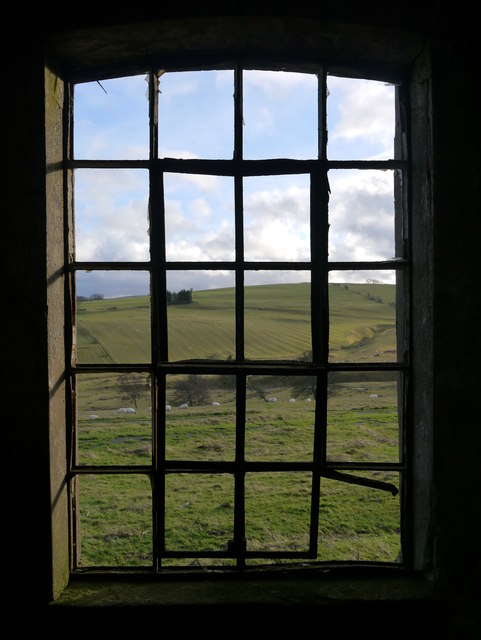
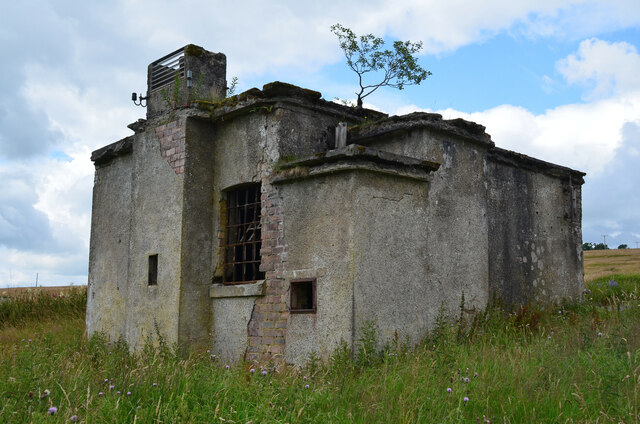




Primrose Wood is located at Grid Ref: NT5007 (Lat: 55.361652, Lng: -2.7795838)
Unitary Authority: The Scottish Borders
Police Authority: The Lothians and Scottish Borders
What 3 Words
///twisty.melts.homeward. Near Hawick, Scottish Borders
Nearby Locations
Related Wikis
Stobs Military Camp
Stobs Camp is a military and internment camp located just outside Hawick in the Scottish Borders. It is an internationally important site due to its level...
Stobs railway station
Stobs railway station served the hamlet of Barnes, Scottish Borders, Scotland from 1862 to 1969 on the Border Union Railway. == History == The station...
Shankend
Shankend Manor was a sixteenth-century mansion located some six miles (ten kilometres) south of Hawick, close to Whitrope Siding in Scotland. It was constructed...
Shankend railway station
Shankend railway station served the hamlet of Shankend, Scottish Borders, Scotland from 1862 to 1969 on the Border Union Railway. == History == The station...
Nearby Amenities
Located within 500m of 55.361652,-2.7795838Have you been to Primrose Wood?
Leave your review of Primrose Wood below (or comments, questions and feedback).
